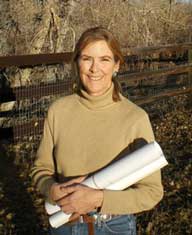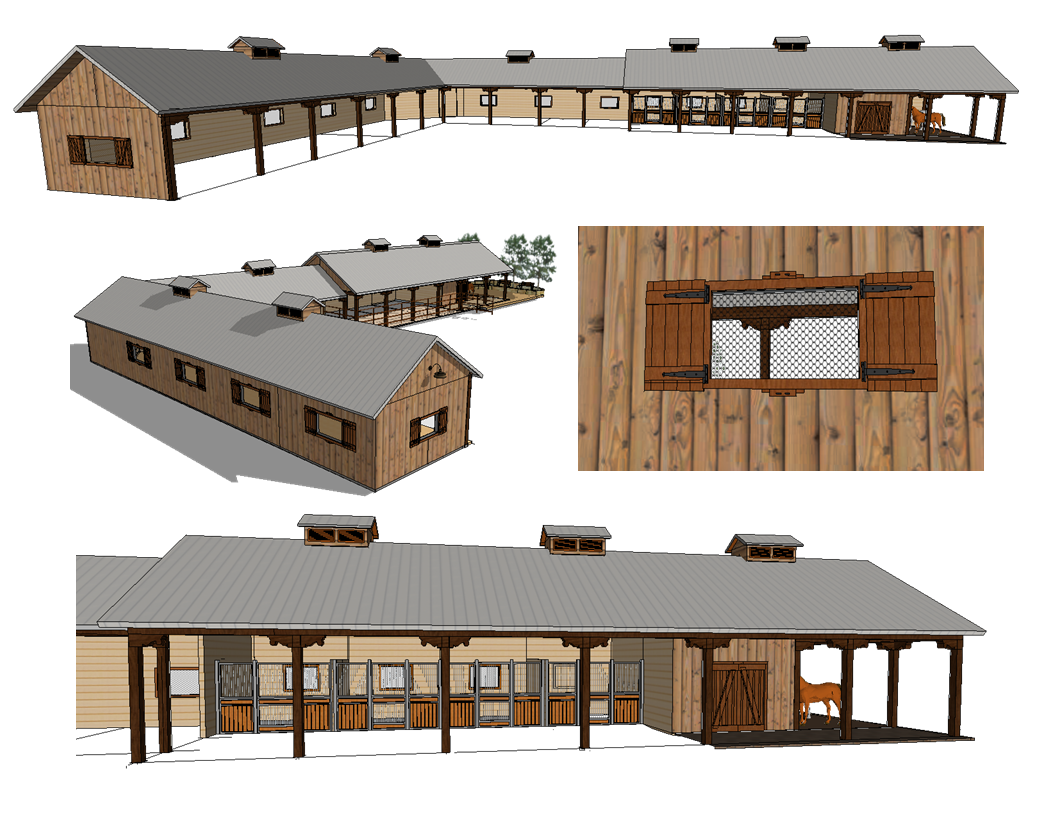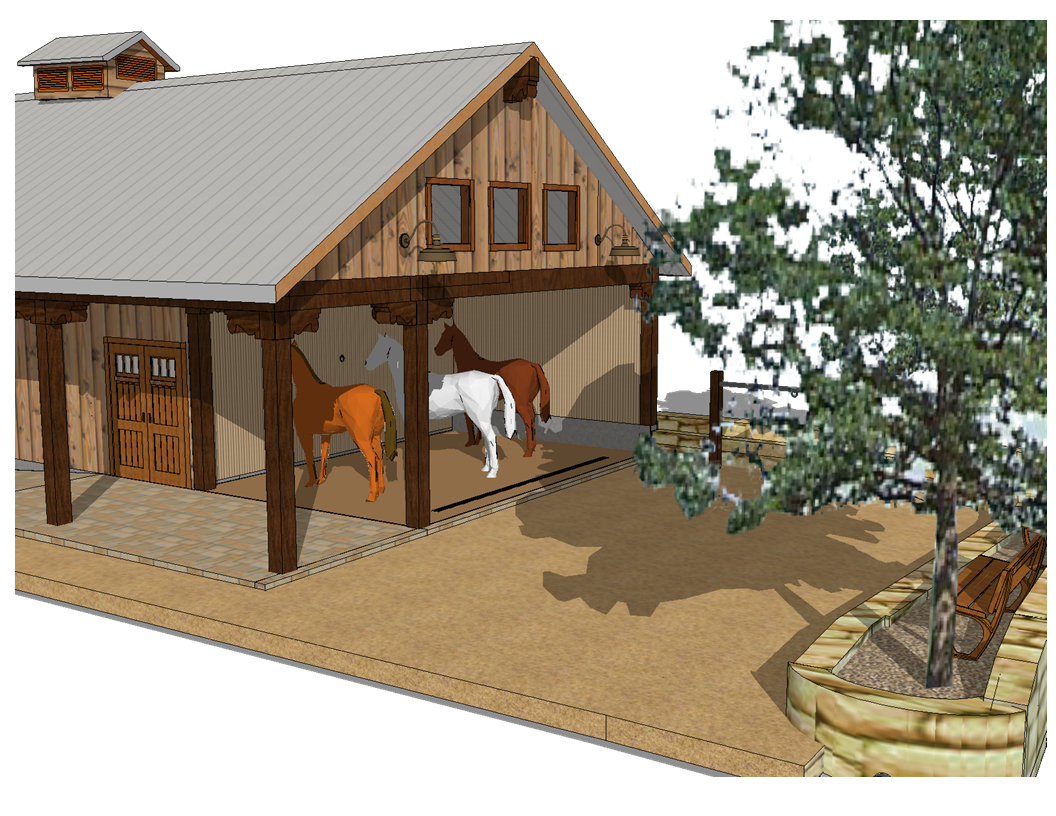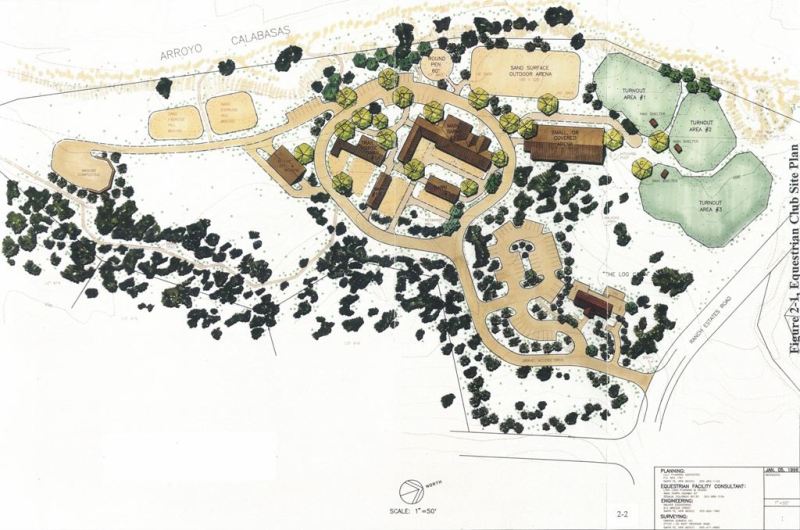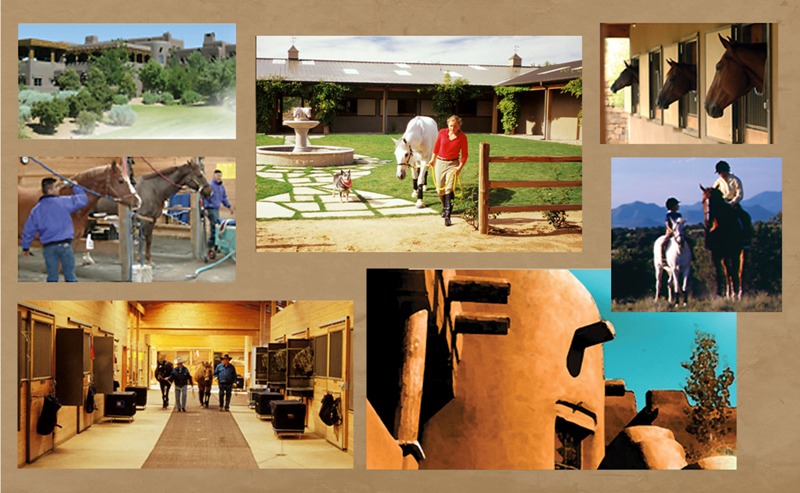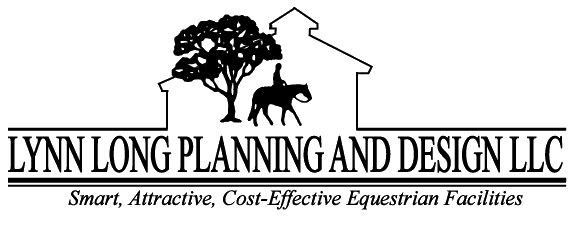
EQUESTRIAN COMMUNITIES & RESORTS
Lynn Long understands the dreams of equestrian enthusiasts and the expectations of experienced horse owners. Equestrian preferences differ widely by age group, riding discipline, and area of the country. To be successful, financially sustainable and deliver return of investment, an Equestrian-oriented Community or Resort Amenity must be property conceived and executed
Equestrian Centers within a Community are different from boarding and training barns in very important aspects: Boarding/Training barns tend to be focused on certain disciplines or riding styles, and attract like-minded horse owners. These owners can move their horses to a different facility at any time if dis-satisfied, or can be asked to leave if they become a problem. Equestrian Community residents, who may have widely diverse equestrian disciplines, philosophies and goals, are financially committed to keeping their horse at the community stable, and cannot easily be asked to leave. Facilities that are designed to promote long term harmony among resident equestrians, managed flexibility and provide the right options are crucial for success. Potential purchasers must know, beyond a doubt, that they will be happy over the long term in an equestrian community.
Golf and Equestrian Communities: Golf and Equestrian are an excellent combination for both resorts and communities, as horses and riding activities offer an alternative lifestyle sport for non-golfing family members. Equestrian amenities planned as social centers, with inclusive, multi-discipline facilities, are a hallmark of lasting, successful communities. Historic or existing barns may not be appropriate for upscale equestrian community members, who expect more personal space than boarding barn clients, and appreciate comfortable and enjoyable surroundings. LLPD can plan new facilities, or a remodel of existing horse barns with increased daylight, recent innovations in barn fittings, and a more comfortable environment for the variety of owners and horses that will comprise the ‘barn family’.
'New Urbanism' Equestrian Communities: Many individuals, who have the desire and means to purchase in an equestrian community often do not, due to long commutes from their workplace and lack of time to maintain a property. LLPD has developed new ideas for cluster surburban equestrian communities that can be built within property constraints, right where many horse owners need to live and work. A sizable demand, especially among women, exists for this currently rare option. Please call to discuss this innovative equestrian concept.
Resort Equestrian Amenities with the intent of providing guests with a memorable experience, can add immeasurably to a resort’s reputation and bookings from the legions of equestrian enthusiasts. Whether the offerings are Trail Riding, Horsemanship Education, or Equine-Assisted Learning / Leadership Training, Lynn Long can assess the possibilities, and maximize the facilities, program and return on investment for an on-site riding stable.
EQUESTRIAN COMMUNITY PROJECTS
Bishop's Lodge Resort - Santa Fe, New Mexico
Las Campanas - Santa Fe, New Mexico
Cougar Canyon Golf Resort - Trinidad, Colorado
Bell Mountain Ranch - Castle Rock, Colorado
Site plan, plan for new community boarding barn with indoor arena, and restoration specifications for a historic barn on a ranch developed for upscale suburban housing.
Located in Sedalia, Colorado
with option in Camarillo, California
Call: (303) 681-8609
info@equestrianbarndesign.com
Services Offered
Return of Investment
Experienced-based strategy to accurately develop each equestrian concept from the beginning, to know what makes good sense and will have a high probability of success, is very important. The capital cost, operating cost, and the revenue needed for an equestrian amenity must reflect the monetary support level of the potential users. There are several models that broaden revenue for ongoing financial sustainability. LLPD can assist a developer in investigating these options as part of the initial planning process.
Feasibility Studies
Interpretation of project market information, local regulations, locality and physical site information. Develop a program list of suggested facility and activity components and one or more sketch plans that best utilize the site.
Site Evaluation
Topography, excavation needed, orientation to sun and various weather challenges, access to riding space, all are considered when determining the viability of a proposed equestrian site.
Master Site Planning
“Evidence based design” from the above studies allows an equestrian site to have efficient operational flow, adequate access by large trailers, whole site grading plan for good drainage, and built- in contingent flexibility for phased construction. Addressing these issues and solving problems on paper, not during construction, is smart.
Construction Documents and Specifications
Experience has shown that efficiency is increased if LLPD initially produces a schematic version of all drawings. These equestrian-specific plans then form the basis for the full construction documents produced by the development team - engineers, architects, and contractors, saving time and many revisions.
Remodel of Existing Facilities
A property being developed may have existing equestrian facilities, but generally these are not well-suited for a resort or community barn. LLPD enjoys the challenge of creative, cost effective consulting for remodeling – keeping the ambience of historic structures while better serving the new and different equestrian use.
LEED Sustainable Equestrian Facilities
Lynn Long is a US Green Building Council LEED Accredited Professional (LEED AP). Green building products and construction options are now available and cost-effective enough to be used in equestrian facilities. Designing a facility to take every advantage of day lighting, passive solar, alternative energy, natural ventilation and weather directions keeps energy use down, feels better for horses and humans, and has always been featured in Lynn Long’s equestrian design work, as are natural fly control and manure composting systems.
CC&Rs and Design Guidelines
CC&Rs for an Equestrian Community with ‘horses allowed’ lots are extremely important, yet this is an area where major errors are commonly seen and potential sales lost. LLPD reviews proposed new Equestrian CC&Rs and Design Guidelines, to assure that the value and appearance of equestrian communities is protected, yet covenants are acceptable to equestrian buyers.
